Hawaii received its national FFA charter in 1929, the 13th “state” to do so. But at this time it was not a state but a U.S. territory (Hawaii wasn’t admitted to statehood until 1959). According to the FFA manual as of 2020-21 Hawaii had 27 FFA chapters with 235 members. The Hawaii FFA charter application can be viewed here.
It is interesting to note that a mimeographed copy of the proposed National FFA constitution that had been distributed in 1928 to state leaders before the FFA was established was used for the charter application, but the word “state” was marked out and “territorial” was written above the marked out word. The charter application contained a letter of support from Fred E. Armstrong, professor of Agricultural Education from the University of Hawaii.
The Hawaii state FFA web site is https://hawaiiffa.weebly.com/. On their website they state they joined the FFA in 1930. Perhaps this should be changed to 1929. The number of chapters and members they report differs substantially from what is reported in the FFA manual. The state reporter is responsible for the website, and it appears the website has not been updated since 2019. Hint! Hint!
The Development of Smith-Hughes Agriculture in Hawaii
In the previous Friday Footnote we learned that the original Smith-Hughes Act passed in 1917 applied only to states, thus Hawaii did not initially benefit from the Act. However, Governor Farrington advocated for extending the Smith-Hughes Act to Hawaii which Congress did on March 10, 1924. The provisions of the Act were immediately accepted by Governor Farrington and later by the legislature.
One of the first schools to start Smith-Hughes agriculture in Hawaii was the Hakalau School on the island of Hawaii. The first group of vocational agriculture students were identified as the 1927 class, the next group was the 1928 class, and so-forth. The Hakalau School, like several other schools with vocational agriculture programs, employed a rather unique approach to meeting the Smith-Hughes mandate that students have farming projects. In 1928 twenty-three vo-ag students signed a contract with the Hakalua Plantation to grow sugar cane on plantation land. The school principal and agriculture teacher signed the contract as witnesses and sponsors. See Figure 1, please note the name John Ross in the article.
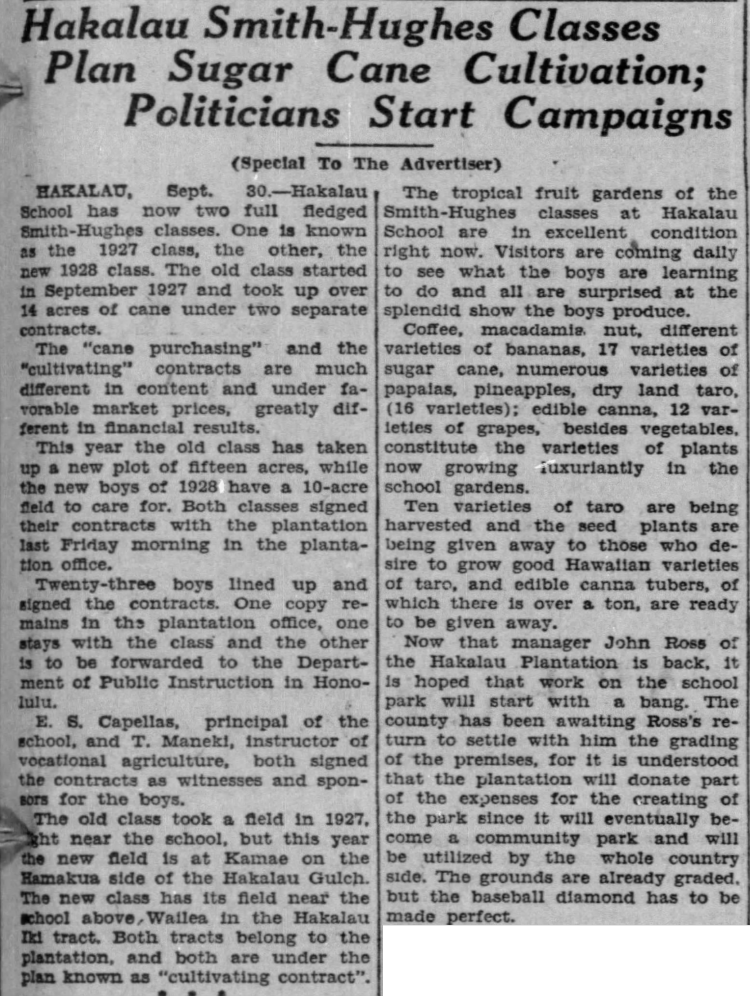
Figure 1. The Honolulu Advertiser, October 4, 1928
So how did the sugar cane project work out? According to a newspaper article in 1931 (see figure 2), the sugar cane projects at Hakalau were very successful. The school principal, E. S. Capellas, authored the article and took the liberty to criticize those who did see the value of vocational agriculture. Capellas wrote (1931, p. 14)
The pessimists or unprogressive cane men belittled the idea of boys taking up the responsibility of cultivating cane in competition with men, and laughed when the boys made good in their first field near the school. They advocated the claim that the boys were being “babied” and cajoled by being given a makai field in the fertile belt, but that if they had to handle a field in the upper lands near the forest, that they would prove a dismal failure.
It is most gratifying to those who have believed in the ability of the boys to make good now state that Hakalau Smith-Hughes boys have demonstrated more emphatically that encouragement, confidence and human sympathy are fundamental essentials toward success. Those boys not only cultivated nine acres of sugar cane under the alleged impossible conditions advocated by the pessimists but have exploded their arguments and predictions by raising 69 tons of plant cane…
It is now up to the heads of our agricultural enterprises to lay aside their former prejudices against the vocational program of our educational system and to devise ways and means by and through which all rural schools in the Territory will indulge in special vocational agriculture.
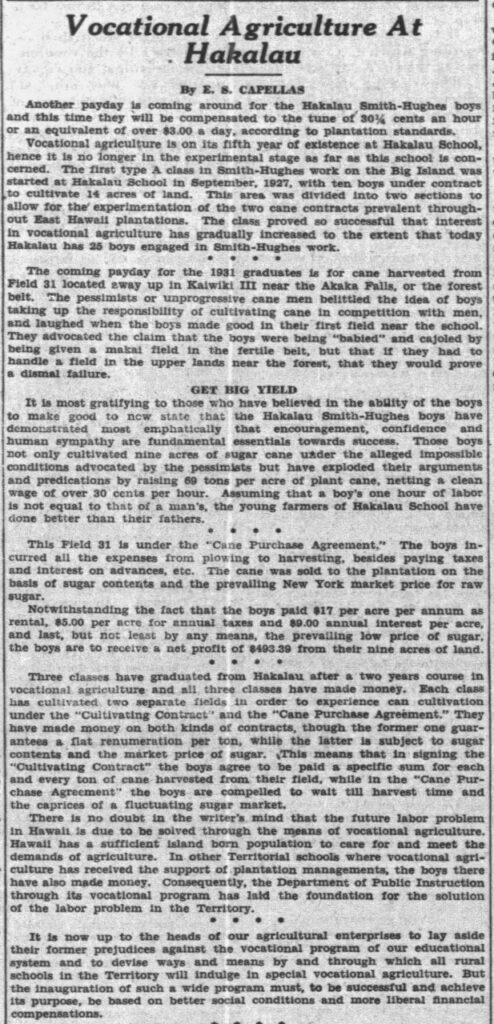
Figure 2. The Honolulu Advertiser, October 29, 1931
The FFA chapter at Hakalau was the John M. Ross FFA chapter. Ross was manager of the Hakalau Plantation for 37 years (1905-1942). He was a civic minded individual who promoted youth activities and education (a local 4-H club was also named for him, and Ross was active with Boy Scouts). See Figure 3.
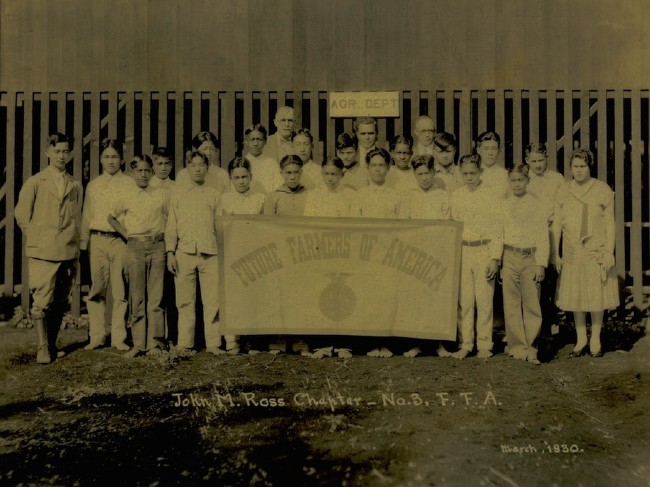
Figure 3. The FFA chapter at the Hakalua Intermediate School in 1930. Mr. Ross is on the back row on the left. Apparently, there was also a female FFA member. This school had students from the 1st to 10th grade. Students went to Hilo High School after 10th grade. Some of the FFA members look like they might be in the lower grades. The 1938 Yearbook (The Blue and White) lists the FFA officers of which one was the Farm Watch Dog.
The Agriculture Teachers Organize
Two weeks ago the Friday Footnote recognized the 75th anniversary of the National Association of Agricultural Educators. It was also mentioned that many states had organized agricultural teacher associations prior to this. One such association was found in Hawaii. The nine Smith-Hughes agriculture teachers on the Big Island of Hawaii met in September of 1928 to form an association. They did not select a name for the organization because there was to be an organizational meeting of all agricultural teachers on the islands the following month.
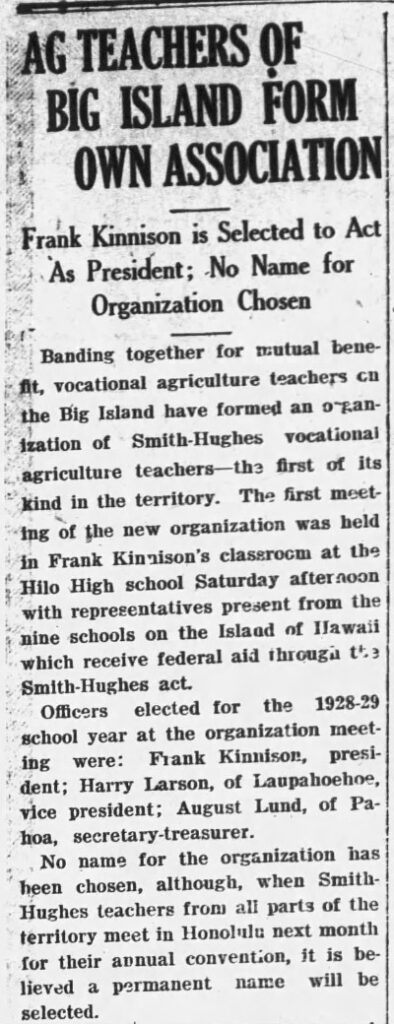
Figure 4. Hawaii Tribune-Herald, September 25, 1928
A Visitor from Washington
Having a federal agricultural education agent from Washington travel to Hawaii to inspect the vocational agriculture programs in 1928 made the news. J. A. Linke, a Federal Board for Vocational Education agricultural specialist arrived in January of 1928 to get a first hand view of the program (I wonder why Linke picked January for the trip? He was in Hawaii for nearly a month). Linke was very pleased with what he saw. He was quoted as saying (Honolulu Advertiser, February 7, 1928, p. 3) “Hawaii has made more rapid progress in its three years of vocational agriculture under the Smith-Hughes law than any part of the mainland in the same period of time.” See Figure 5.
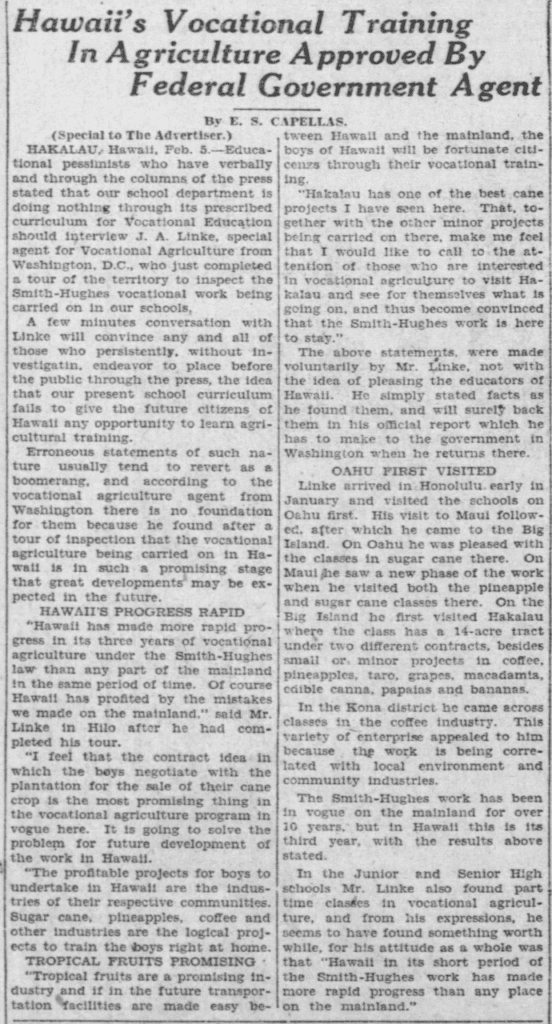
Figure 5. The Honolulu Advertiser, February 7, 1928
Governor Harrington, #1 Supporter
The former governor of Hawaii, Warren Farrington, was an avid supporter of agricultural education. How many current or former governors do you know who would visit agricultural education programs and then write newspaper articles about what he witnessed. Governor Farrington did.
In a front page article in the Hawaii Tribune Herald in 1931 Farrington grabs the attention of the reader by first writing about a 13 year old agricultural student who gets up at 3 am to milk his 13 cows. There are three photographs of agricultural education students on the front page. Then, after gaining the attention of the reader, Farrington describes in considerable detail agricultural education on the island of Hawaii on page 8 of the paper.

Figure 6. Hawaii Tribune-Herald. Hilo, Hawaii, March 15, 1931
What I found especially interesting in the article was that Harrington went into detail about the agricultural teachers and their backgrounds. He attended a meeting of agriculture teachers near Hilo on the Island of Hawaii and learned about each teacher. Where do you think the agriculture teachers at the meeting came from? You might be surprised. Through Farrington’s article we learn several things. The majority of the agriculture teachers at the meeting came from the mainland, programs existed at both junior and senior high schools, and the teachers were relatively new to teaching. See Table 1.
Table 1. Characteristics of Agricultural Teachers at the Hilo, Hawaii meeting in 1931.
| Name | School | Years Teaching | B.S. Institution |
| Ted Ball | Kona-waena High School | ? | Oregon State |
| Chester Campbell | Honokaa Junior High School | 2 | University of California |
| Harold Chapson | Laupanoehoe Junior High School | 2 | Colorado State |
| Lawrence Craig | Pahoa | 1 | Western State (CO) |
| Glen Greenwood | Kona-waena High School | 3 | Oregon State |
| Richard Lyman, Jr. | Hilo Junior High School | 5 | University of Hawaii |
| T. Maneki | Hakalau | 4 | University of Hawaii |
| Emil Nelson | Kohala High School | 2 | Washington State |
| Kazuto Nitta | Waiakea-uka School | 1 | University of Hawaii |
| Fred Russell | Honokaa Junior High School | 1 | Mississippi State |
| Harvey Vollrath | Mount View School | 2 | Colorado State |
| Clarence Watson | Hilo Senior High School | 1 | University of Hawaii |
It might be interesting to research whether or not the mainland teachers remained in Hawaii or returned home at some point in time.
Farrington also wrote (1931, p. 8):
Incidentally it is worth noting that the ranks of the vocational instructors have been depleted steadily by the business men of Hawaii. Young men brought here by the department of public instruction have done such a good job that it has attracted the attention of near-by plantation managers who have offered them positions.
Farrington concluded his article by stating there were numerous opportunities for agricultural education graduates, but the natives of Hawaii didn’t know that. Farrington’s point was amplified by the state’s agricultural education supervisor W. W. Beers who was cited in an article in the Honolulu Star-Bulletin in 1928 (June 16. p. 39) “Out of 18 teachers who will teach agriculture in schools in Hawaii next year, 13 will be products of mainland institutions.”
Closing Remarks
Frank Sinatra once sang a song “I Did it My Way”. That might have been the mantra during the early days of the FFA and Smith-Hughes agricultural education in Hawaii. It appears middle school students and girls were members of the FFA. Students often used sugar cane plantation fields for their farming projects. The teachers were an eclectic mix of natives and imports from the mainland.
Next week we will learn even more about agricultural education in Hawaii.
